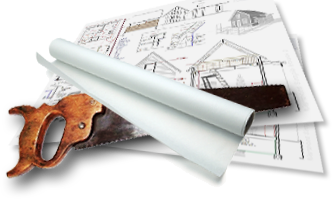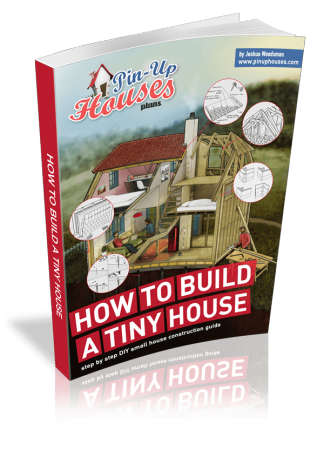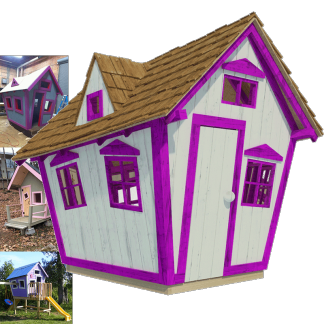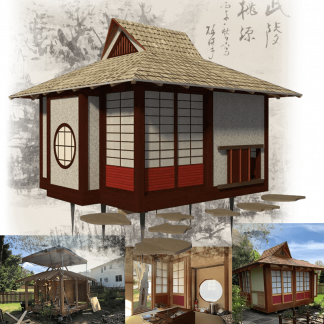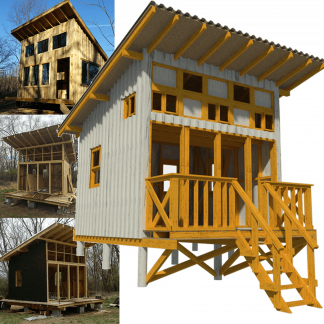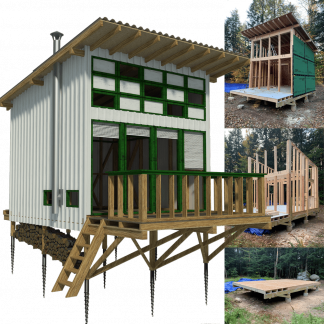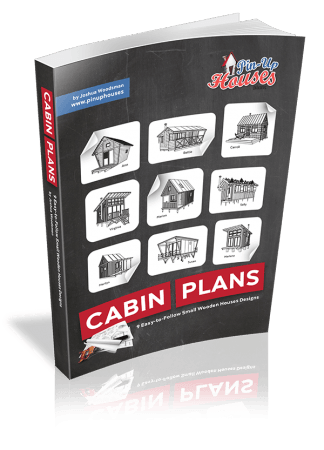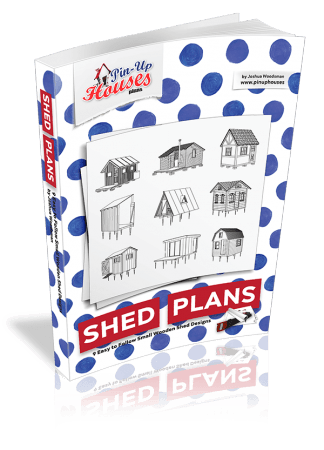Tiny homes offer freedom, creativity, and the satisfaction of living with less. Even the most intelligent floor plan reaches a limit when it comes to accommodating belongings. Seasonal gear, tools, hobbies, or even just the overflow of daily life can quickly make a small space feel cramped.
The secret to keeping that sense of openness isn’t always in squeezing more shelves into your walls or cramming bins under the bed. Sometimes the best answers are the ones people overlook entirely, hidden helpers that transform how a small home actually works.
Look Up: Creative Overhead Storage
One of the simplest ways to free up floor space in a tiny house is to make use of the air above you. Ceiling-mounted racks can hold bikes or bulky items that are not needed on a daily basis. Lofted shelves are another option, especially above doorways or along hallways where the space would otherwise sit empty.
Even a slim row of overhead cabinets can create a home for off-season clothing or kitchen extras without crowding the living area below. These additions work best when they blend with the home’s design, transforming what could feel like wasted space into functional storage that still appears intentional.
Underfoot Magic: Hidden Storage in Floors and Stairs
The floor beneath your feet can be more than just a surface to walk on. Raised platforms with built-in compartments work beautifully in living rooms or bedrooms, giving you space for bedding, books, or seasonal items. Staircases are another overlooked opportunity. Drawers built into the risers or pull-out cubbies beneath each step can hold shoes, cleaning supplies, or even kitchen staples.
These hidden spaces transform everyday features into functional storage, keeping essentials tucked away while maintaining an open living area.
Walls That Work Harder
Every wall in a tiny home has the potential to do double duty. Pegboards make flexible organizers for kitchens, workshops, or entryways, holding everything from pans to power tools. Built-in shelving between studs or around door frames adds storage without occupying valuable room space.
Even narrow vertical racks can turn a blank stretch of wall into a home for spices, books, or bathroom supplies. Ideas like those highlighted by Apartment Therapy demonstrate the numerous creative ways walls can be adapted to small living spaces. When they work harder, the entire space feels lighter and more efficient.
Flexible Friends: Furniture That Doubles as Storage
When every square foot matters, furniture can’t afford to be one-dimensional. A bed frame with drawers underneath turns sleeping space into a closet. Storage benches serve as both seating and a place to tuck away blankets or tools.
Fold-out desks with shelving give you a workspace that disappears when it’s not needed. Choosing pieces that serve multiple roles keeps rooms open and uncluttered while still accommodating daily life. It’s a practical way to let comfort and storage share the same footprint.
Going Beyond the House: Portable Self Storage Buildings
Some belongings are too bulky or seasonal to fit comfortably inside a tiny home, no matter how clever the interior design may be. That’s where portable self-storage buildings come in. These standalone units provide the freedom to keep tools, outdoor gear, or hobby supplies close by without cluttering your living space.
These units are sturdy, weather-ready, and simple to set up on your property for quick access. Whether you’re in the midst of construction or settled into your tiny home, portable storage opens up new possibilities without detracting from the straightforward lifestyle you value.
Outdoor Helpers: Sheds, Deck Boxes, and Garden Storage
Not every storage solution has to be built into the house itself. Small sheds, deck boxes, and garden cabinets provide quick and convenient ways to keep outdoor tools, cushions, or sports gear out of sight but close at hand.
A well-placed shed can double as a workshop, while a deck box makes patio living more relaxed by keeping essentials protected from the weather. These outdoor helpers expand usable space without adding clutter indoors, giving tiny houses more breathing room where it matters most.
Conclusion: Tiny Living Without the Stress
Living small works best when every item has a place and the home itself feels open rather than overstuffed. From overhead racks to hidden stair drawers, from multipurpose furniture to outdoor helpers, these clever additions make it easier to enjoy the benefits of tiny living without the weight of clutter. Simple storage hacks, whether built into the design or added later, provide small spaces with the flexibility to handle everyday life with ease. With the right mix of creative solutions, a tiny house can stay practical, comfortable, and genuinely enjoyable to live in.

